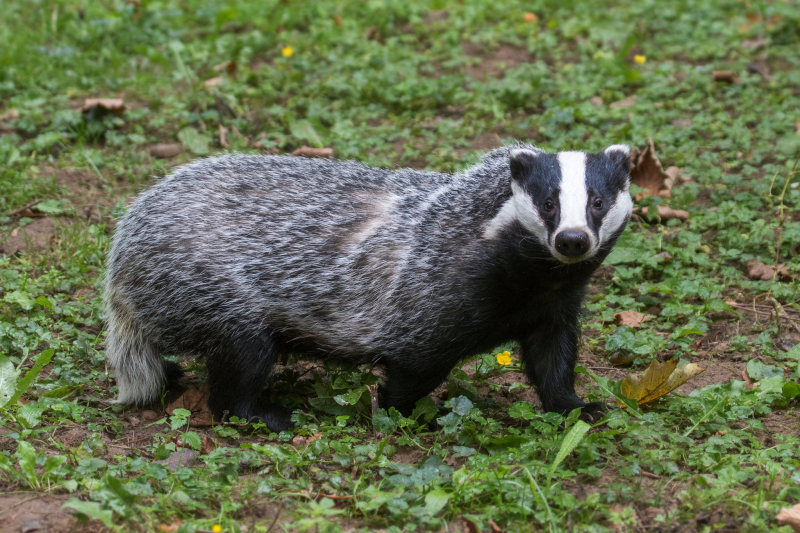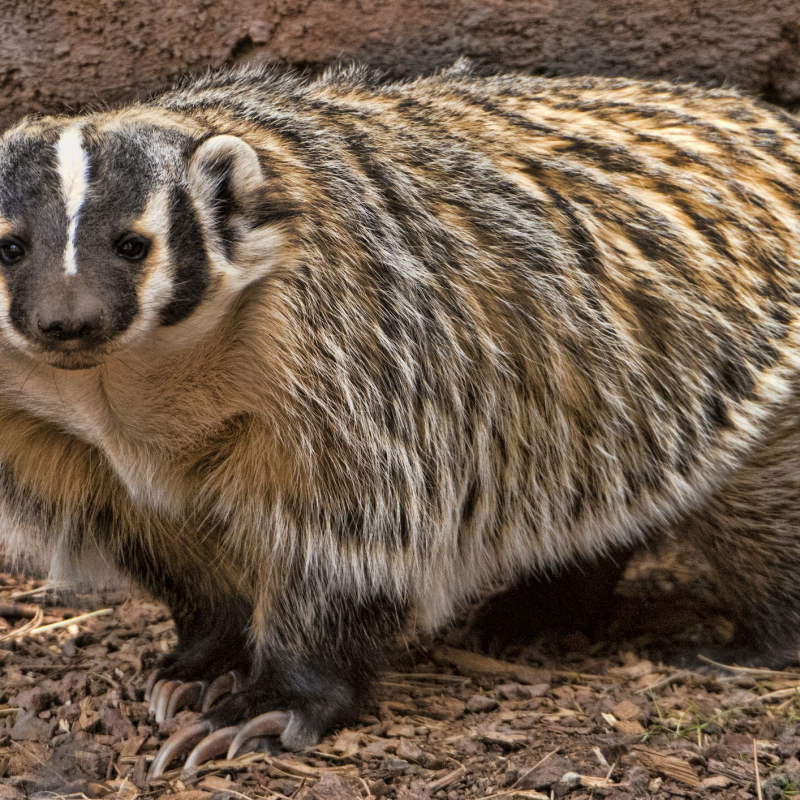Badgers
One of the main predators of porcupines today are badgers. However, badgers weren't actively seen as a danger to the number of porcupines before. Not on a significant hazardous scale, at least. Since the beginning of time, badgers and porcupines have coexisted peacefully while vying for the same worm and slug food. In the past, the badger and porcupine's feeding relationship was mostly opportunistic. The badger may assault a porcupine if he was hungry enough. Even yet, it doesn't happen often because they appeared to prefer an earthworm-based diet as their main food source.
Aside from the badger's evident lack of interest in the porcupine for feeding purposes. Porcupines were also well protected against badgers since they had many places to hide from them, even if the badger did decide he wanted a feast on a porcupine. However, due to habitat destruction and deforestation, climate change lead to changes to their natural habitats. Porcupines now have fewer places to hide making porcupines and badgers share the same habitat. Not only has deforestation impacted porcupines, but it has also placed the badgers in a precarious situation. As a result, the badger's taste for and appetite for porcupines have constantly increased.
Besides, badgers are among the few creatures powerful enough to uncurl a porcupine that is in a protective posture. They can also deal with the spines of the porcupine. The long claws of the badger may penetrate the skin of the porcupine to the point of doesn't hurt by the spines. The badger has the power to pull the porcupine open after a claw is put into the "joint" between the head and the feet of a balled-up porcupine. The porcupine's soft inside will then be removed by him, leaving behind the skin and spines that resemble an orange peel. Thus, porcupines seldom visit places where badger numbers are high because they can be defeated by them.












